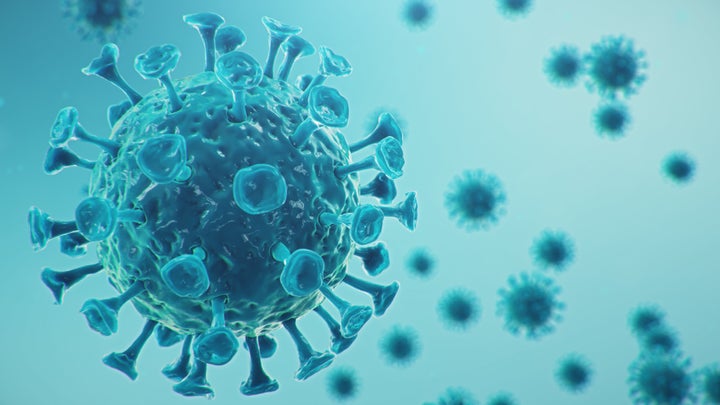“The virus has genetically moved a bit, but it has not changed in terms of its propensity and its ability to cause disease and to cause death.”
Those were the sombre words of the government’s chief scientific adviser Sir Patrick Vallance when he addressed the nation back in September to discuss the sharp rise in Covid-19 cases – and what needed to be done about it.
His words brought some comfort as we discovered the virus hadn’t genetically morphed into something far worse, but also dismay, as we realised it hadn’t become less deadly over time either.
We currently know there are eight key strains – or “clades” – of the virus which are in circulation around the globe. These are: GR, G, GH, GV, O, S, L, and V.
Covid-19 strains, briefly explained.
Earlier this summer, University of Bologna researchers looked at the genetic makeup of the virus to assess how it had spread – and mutated – during its journey across the continents.
They suggested the original version of the virus is the L strain, which appeared in Wuhan back in December. Its first mutation – the S strain – appeared at the beginning of 2020, according to the study, and since mid-January, there have been two predominant strains: V and G.
Worldwide, strain G appears to be the most widespread, with researchers identifying that it mutated into strains GR and GH at the end of February.
The O strain refers to ‘other’ strains of the virus which researchers are also keeping their eye on.
Since August, a newer strain has been identified, known as GV.

Why do we need to monitor mutations?
Scientists need to monitor how the virus is mutating to check for a few things.
Dr Julian Tang, honorary associate professor and clinical virologist at the University of Leicester, tells HuffPost UK that, firstly, we need to monitor how any mutations of the virus might impact on the effectiveness of antiviral drugs, such as remdesivir, which are being trialled as treatments.
We also need to keep an eye out for any mutations that might impact on the clinical severity of the illness, or its transmissibility, says Dr Tang, as well as how mutations could impact the effectiveness of vaccines.
At present, we know the virus is mutating relatively slowly, which is a positive. In comparison, flu mutates much faster.
Federico Giorgi, co-author of the study on virus strains, suggested the SARS-CoV-2 coronavirus is “already optimised to affect human beings”, which might explain why it’s not really evolving much.
Think of it this way: the virus is already really good at infecting us so it doesn’t have to work that hard (and therefore mutate loads) to get better at that. “This means that the treatments we are developing, including a vaccine, might be effective against all the virus strains,” he said.
The fact the virus is more stable suggests a Covid-19 vaccine “is likely to remain stable and effective for longer than an influenza vaccine,” Dr Tang says. And vaccine escape mutants (virus mutations which then stop vaccines from working) are much less likely to appear within a short timeframe.
That said, Dr Tang does point out that there are some other challenges with the vaccine to consider. “We don’t know how long the vaccine-induced immunity (even if the vaccine works as expected) will actually last – and this will differ between individuals, just like the flu vaccine does,” he explains.
“We won’t know this to any degree of certainty – including the variability of this – until the vaccines have been licensed and distributed across the wider population for some time, perhaps at least one to two years.”